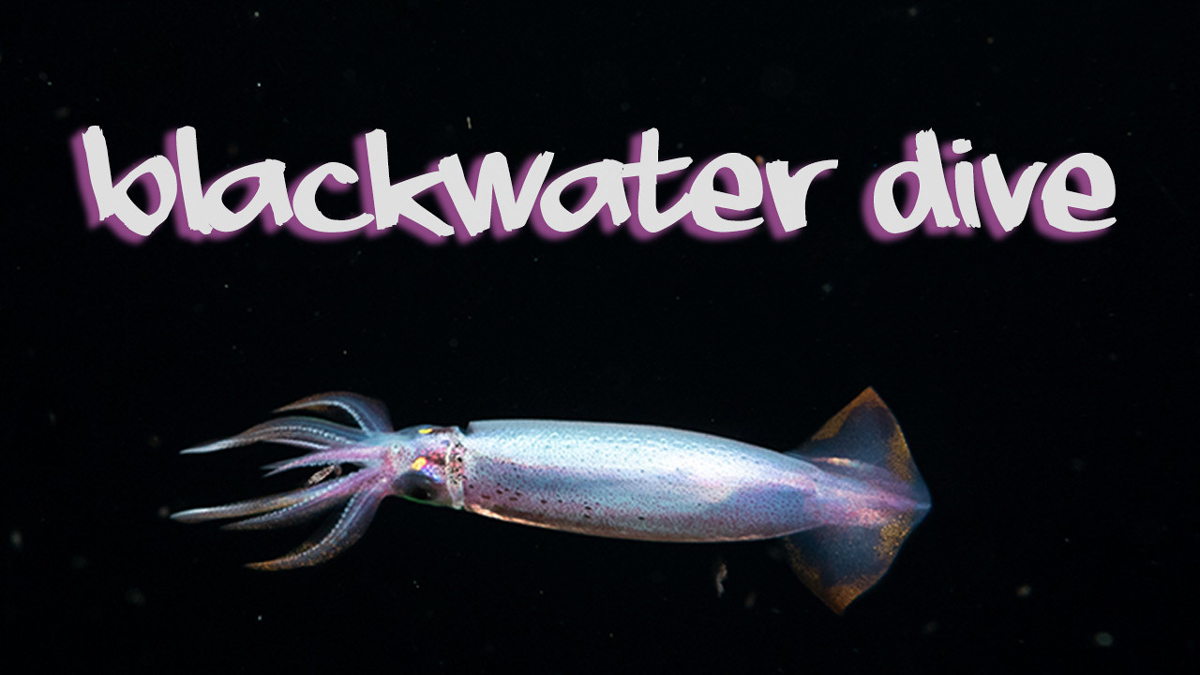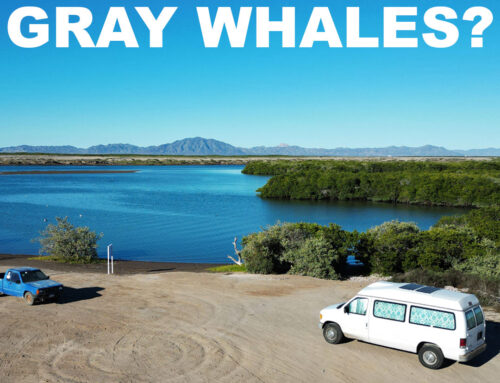Have you ever heard of Blackwater Diving? What is this type of diving that is gaining fans around the world and especially among photographers? In this blog, you will find the secrets of this modality and the best places in the world to carry them out. Without a doubt, Blackwater diving will change the way you see diving.
The largest migration in the world is found in deep waters. Witness them while blackwater diving
First, to understand why this type of diving is so unique, we have to talk about DVM or Diurnal Vertical Migration. Every day the largest migration of organisms in the world happens silently. This migration takes place in all the seas, oceans and lakes of the world in which some organisms rise from the depths to shallower waters. There are several reasons why these organisms make the greatest migration of the world. In terms of biomass, the most common reason is to access food and escape from predators.
Finding the right place to find the weird stuff
Unlike night diving near the coast where you have the reef as a reference, Blackwater diving takes place in the open sea, usually over deep spots or areas. The feeling of diving in the dark in the middle of the ocean without any reference is something that cannot be described in words.
Blackwater diving logistics and planning
These dives are made adrift, in neutral buoyancy and at a short distance from the surface (6-15 meters deep). The divers let themselves be carried freely by the currents over deep areas of the ocean, normally more than 100 meters deep.
One of the most common techniques is to drop a buoy with a line about 25 meters long and weights at the end. Throughout the line, diving torches are installed every 8 meters and a red or green flash at the end of the line for reference and as a safety measure. The light will attract the different organisms that are migrating to the surface and also some opportunistic predators.
NOT RECOMMENDED!! Another technique that some people use is to have the buoy tied to the boat. This is not recommended because if there is surface wind or cross currents, the divers end up chasing the reference line.
Something to consider when booking your Blackwater diving is the time of the month and the moon phases. If you want to know when it is a good time to blackwater dive in Komodo, do not hesitate to email us here!
Diving techniques that are required for blackwater diving
You already know that buoyancy control is very important for diving, but here you will need excellent control to fully enjoy Blackwater diving. The vast majority of organisms you can find in Blackwater Diving are still in a pelagic, larval stage and either have not yet developed or have no solid part (bone or cartilage) in their body. Living in abysmal waters, they never find solid surfaces and the slightest change in pressure around them can be catastrophic.
Perfect neutral buoyancy, slow flutter and depth control will test your diving skills. Once you identify an organism floating in suspension, you should flutter slightly and use inertia or momentum to approach it. These creatures are so sensitive to changes in water pressure waves that the following cases may occur:
- The organism notices your presence and runs away in any direction.
- The pressure waves cause the body of the body to collapse and fall into deep spiral waters, disappearing.
- At other times, these same pressure waves will disintegrate the body, which we do not want to happen under any circumstances.
Maintain a slow breath and try to make your movements as slow as possible, normally you will dive in a team of maximum 4 divers and you will be spiraling around the guide line and at different depths. It is important that your diving guide explain to you during the briefing; depth and time limits, air supply, special signs for night diving, navigation direction and security measures, among other information.
Specific recommended equipment for successful blackwater dives
As with all night diving, a main flashlight and a spare flashlight are what you need, but experience has shown that the main flashlight you use should be the least powerful or even a soft luminescence underwater video light. The torches with more power should be placed on the reference line. These types of organisms are easily scared if you aim a very powerful light directly at them. In night diving with a rocky, sandy seabed etc, the light that reflects the bottom is used to illuminate the organisms, but in Blackwater Diving, being in open water, you will not have any surface to illuminate, and if you focus this light directly on the organisms, they will be scared.
Money saver tip: You can use your normal strong flashlight but with a plastic diffuser.
Perhaps a chemical position light can be useful although we personally do not use them since they are for single use and generate waste. Instead, we recommend getting reusable light up markers for the end of the line and possibly to mark diver teams. You will find links below with primary and chemical lights that we use in our Blackwater dives. These lights can be used to mark your position and that of your partner or even on the line at certain depths agreed upon in the briefing.
Computers with light-up screens:
Dive torches:
Anti-fog:
A dive computer with a backlit screen will also help you during the dive. With this, you will not have to deflect the main light to check your depth. Computers with fluorescent backdrops end up being uncomfortable and surely you do not want to miss a Nautilus while you are lighting your dive computer with your flashlight!!
Take special care when cleaning your mask during any kind of diving activity. Use a natural soap that does not harm the environment and make sure that it will not give you problems. The most uncomfortable situation in this type of diving where you do not have depth or direction references, is to be fighting with a mask that is continuously foggy. If it does happen, try this skill!
To see more recommended equipment I leave you this link to our Youtube video where we deal with this topic.
Where to practice Blackwater Diving around the world
Here are some options to try out and enjoy this incredible type of diving in the places with the best reputation in the world. Remember that being something relatively new, there are thousands of sites waiting to be discovered!
- Kona, in Hawaii is one of the best places in the world to go Blackwater diving due to its remoteness from the mainland and being the volcanic tip of some of the deepest seamounts in the world.
- The coasts of Florida and some of its islands like Singer Island have been in the Top 5 for several years. This place offers these types of dives on a regular basis. The combination of deep waters and Atlantic currents make it a hot spot for Blackwater Diving.
- Anilao in the Philippines offers tropical waters and deep underwater trenches. What more could you ask for?
- Komodo in Indonesia, in the center of the Coral Triangle has islands of volcanic formation surrounded by deep channels. This area is full of sites to explore!
Experience Blackwater diving with our team in Komodo
In Komodo, Azul Unlimited and Xpirates Dive Camp are exploring new diving sites to be able to offer Blackwater Diving in one of the best places in the world. The dives explored so far are very promising and you can experience it starting this year, in 2020!
As for you, we dare you to explore with us!! We will wait for you in Komodo with the boat prepared and the batteries charged.
Azul Unlimited
We teach responsible scuba divers and ocean protectors. The brand is run by PADI IDC Staff Instructor Sarah Valdez who teaches scuba diving in person and on YouTube. Now she travels around the states and Mexico in her van scuba diving in new and different places. Follow her adventures on YouTube, Instagram, Facebook, and TikTok or join the Azul scuba community on Patreon.
Azul Unlimited is partnered with Azul Komodo, a top PADI IDC Center in Labuan Bajo, Indonesia offering daily dive trips to the Komodo National Park. Contact their team directly for an unforgettable experience diving in one of the top dive destinations in the world!










